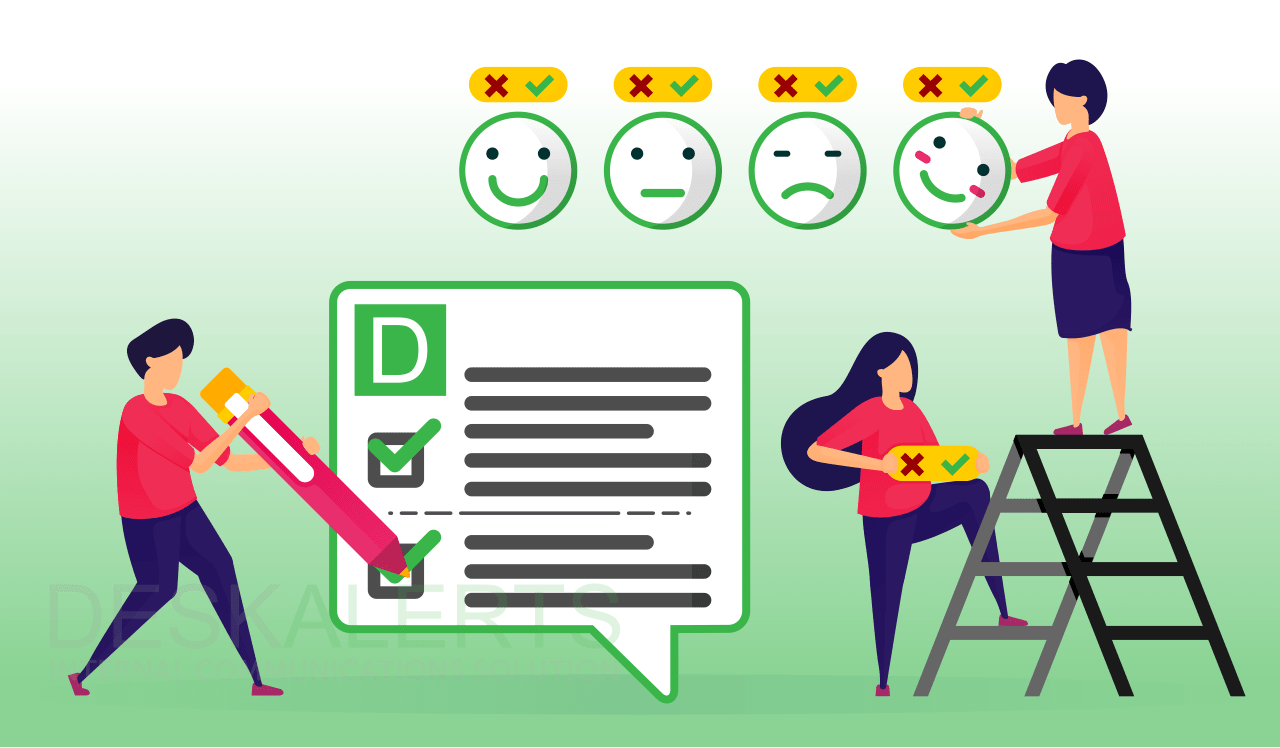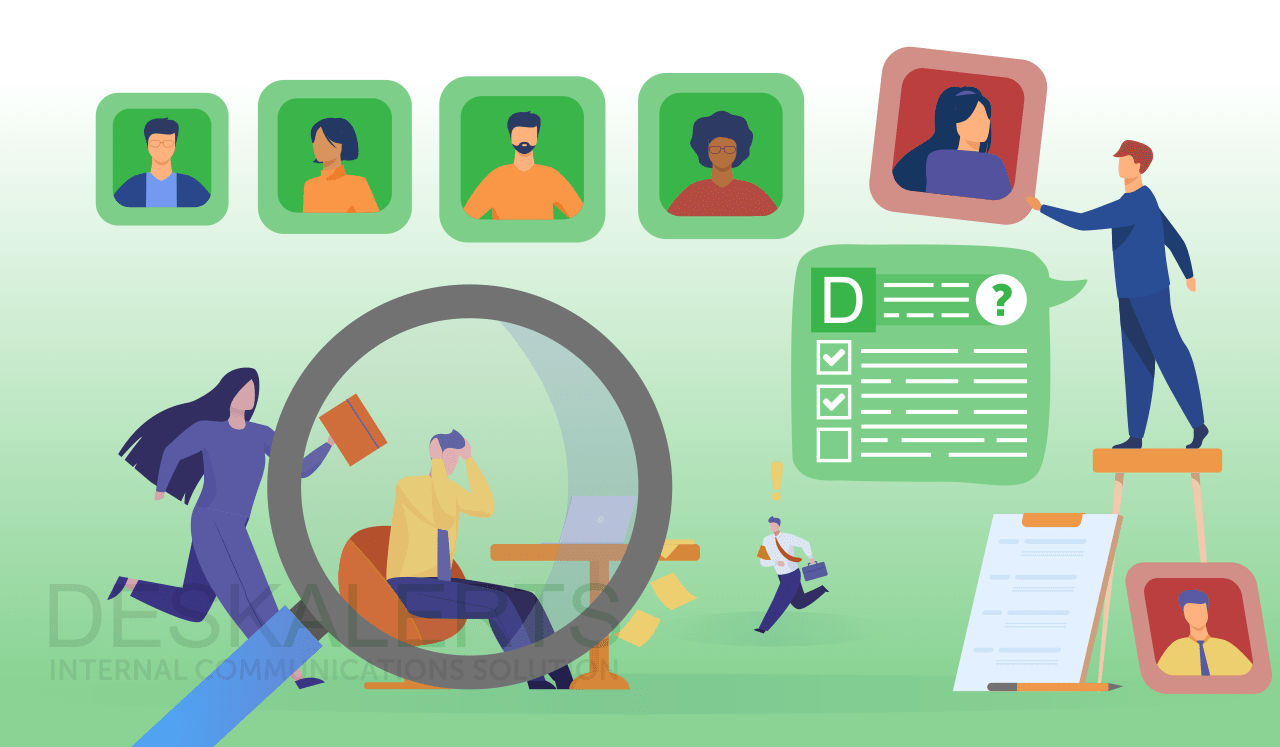
The coronavirus COVID-19 pandemic is posing unprecedented challenges for businesses around the world. In just about every country, everyday life has been significantly disrupted.
For businesses that are continuing to function, government restrictions imposed in an attempt to slow the spread of the virus are affecting operations. In many cases all employees are having to work from home, or there is a mixture of some essential employees continuing to work from the office while the rest of the organization has gone remote.
Added to the mix is that some employees are unwell, some are caring for ill family members, many have children at home with them as schools are closed or cancelled, some will need to deal with grief and loss, and others will have anxiety and other mental health issues to overcome.
This is posing a challenge in and of itself in terms of organizations staying connected with their workforce, and internal communicators are having to respond in different ways to ensure they keep employees informed and also engaged.
Why you need surveys in this uncertain time
Effective internal communication and engagement involves two-way communication. As well as distributing information to employees, it’s also important to hear from them and canvas their views and opinions. In doing this you can gain insights into how your organization is faring and how employees are feeling about their work.
During a crisis situation like this pandemic, it’s more important than ever to reach out to your employees to gauge how they are feeling and how they are finding their work arrangements. Fear and anxiety is normal at a time like this. There are also various technological limitations that could be affecting your employees’ ability to work.
By running an employee survey you can establish how resilient your organization is, using the results to determine what work you may have to do to improve things.
Your employees need strong leadership to guide them through this uncertain time. Your leaders need to be a reliable and trusted source of information on how the coronavirus is affecting the organization, and again this is a two-way street. Not only should leadership be communicating, they also need to be listening. By reaching out to gauge their concerns you can also help to instill trust and confidence in your employees that the organization is looking after them and is taking the threat from the pandemic seriously. It also reinforces to your employees that you value their experience and insights.

What do you need to do?
Managers need to talk to employees and emphasize the importance of filling in the surveys. Data from the surveys will help to guide and inform the functioning of the workplace over this time (even if it is a virtual workplace!)
When you set up a survey in this time you should endeavor to capture feedback around the following topics:
- Employee health and wellbeing
- Working from home arrangements
- Communication issues
- Technological issues
- Security issues
- Issues affecting the organization as a result of the pandemic, for example sales or projects that have been derailed
- Risk reporting
When designing your survey, consider what it is exactly you want to capture and measure. You need to then determine when you will send the survey, how often you will survey your employees, and how often you will evaluate the results and use the data you have gathered. We’ve created some free COVID-19 employee survey templates that you can use to get started.
Communicate the survey widely using the various channels that are available to you such as email, Slack, Teams, Asana, DeskAlerts, newsletters and so on, outlining the importance of participation.
Templates for COVID-19 employee surveys
This is a challenging time for many workplaces, especially with employees working remotely. By gathering feedback from your staff members you can determine if there are any issues that you need to address to keep your organization working at its best.
These survey templates can be used in DeskAlerts and adapted to gather important feedback from your employees during the COVID-19 pandemic.

How to run surveys
Online surveys are definitely the best method of conducting surveys in the COVID-19 situation – paper-based surveys are impractical when you are communicating with a remote workforce. They require being mailed out and sent back in again.
There are different software options that can deliver online surveys. For example, DeskAlerts has a built in statistics, surveys and polls module that lets you send employee surveys as a pop-up straight to your employees’ computers, and the data is gathered instantly.
When you have the results from your survey, spend time analyzing the data with key stakeholders from different parts of the organization, such as HR, IT, comms etc. You will also need to brief your leadership on the results and then formulate an action plan to overcome any issues that your survey has identified.
You may need to conduct surveys regularly or semi-regularly throughout the COVID-19 crisis as the situation keeps changing so quickly and you will possibly be working from old data representing a different period in time.
It’s important that you let your employees know what you are doing with the data that you’re collecting, and also that you are transparent and let them know the survey results. This will help them to feel comfortable participating in other surveys.
Also communicate any actions that you are taking in response to the survey feedback so that employees know that you have listened and take their feedback seriously – creating a sense of unity in these uncertain times is important for morale.
 Caroline Duncan
Caroline Duncan









